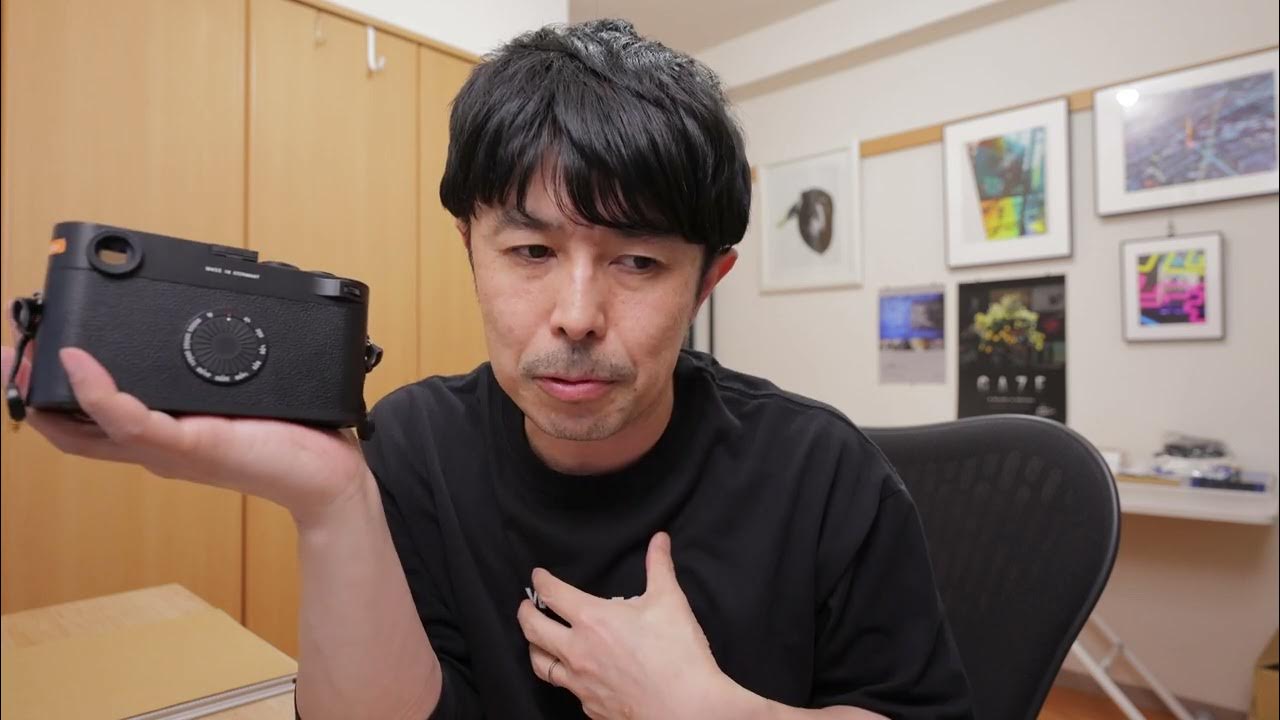I Tried Film Photography & Realized Our Problem...
Summary
TLDRIn this heartfelt photography challenge, the narrator embarks on a journey of self-discovery and emotional growth through film photography. With 36 shots and no previews, they explore the anxieties of capturing perfect moments, drawing parallels between their artistic process and the life of their grandmother. As they prepare for a life-changing trip to Toajigan, the homeland they’ve never known, they reflect on the power of slowing down, embracing the present, and cherishing the fleeting moments that define life. The journey becomes not just about photography, but about reconnecting with family and self.
Takeaways
- 😀 The narrator embarks on a 30-day photography challenge, starting with film photography and a new journey of self-discovery.
- 😀 Film photography contrasts with digital photography by offering 36 shots with no previews, forcing the photographer to slow down and think more about each shot.
- 😀 The narrator is preparing for a deeply emotional trip to her grandmother's homeland, Toajigan, to capture memories of a woman who no longer remembers her.
- 😀 The narrator reflects on the memories of her grandmother, who saw her grow into a woman, but all she has are a few black-and-white photographs from her youth.
- 😀 Sava, a 20-year-old film photographer, serves as a mentor, teaching the narrator the value of slowing down, being present, and focusing on the process rather than the result.
- 😀 Sava emphasizes that film photography isn’t about capturing the perfect moment but being present and mindful in the moment.
- 😀 The narrator struggles with anxiety and pressure, fearing that she might miss the perfect shot and the resulting loss of control over the process.
- 😀 Despite the anxiety, the narrator is challenged to slow down and take her time with each shot, which contrasts with her usual instinct to rush through life.
- 😀 The process of shooting film is likened to a meditative act that helps the narrator slow down, block out distractions, and focus on the small details that make life enjoyable.
- 😀 The narrator's emotional growth involves letting go of her need for control, embracing the uncertainty of life and photography, and honoring her grandmother’s legacy by capturing the world she couldn't.
Q & A
Why does the speaker choose to shoot film photography?
-The speaker is drawn to film photography because it allows them to slow down and be more present in the moment, unlike the fast-paced nature of social media and digital photography.
What personal connection does the speaker have to photography?
-The speaker is about to embark on a trip to their grandmother's homeland to capture memories, particularly of a woman who no longer remembers them. The speaker hopes that shooting film will help them see through their grandmother's eyes.
How does Sava, the teacher, explain the approach to film photography?
-Sava explains that film photography requires slowing down and focusing on the small details, emphasizing being present in the moment rather than forcing things or overthinking the shot.
What is the significance of the number '36' in the context of the script?
-The number '36' refers to the total number of shots available on a roll of film, emphasizing the limited and intentional nature of film photography, where each shot counts.
What emotions does the speaker experience during the photography process?
-The speaker experiences a mix of excitement, anxiety, and pressure. There is a fear of missing the right shot and a sense of disappointment when things don't go as planned.
Why does the speaker feel anxiety when shooting film?
-The speaker feels anxious because they only have 36 shots, and there is pressure to make each shot perfect. This sense of control loss and fear of failure adds to their anxiety.
What does the speaker realize about their approach to photography by the end of the script?
-By the end of the script, the speaker realizes that they need to slow down and be present in the moment, focusing on the process rather than obsessing over the result. They learn to appreciate the value of each shot.
How does the speaker describe the process of shooting film compared to digital photography?
-The speaker contrasts film photography with digital photography by highlighting the slower, more deliberate process of film. Unlike digital, where images can be previewed instantly, film requires waiting until the roll is developed, making each shot more intentional.
What role does Sava play in the speaker's journey with film photography?
-Sava acts as a mentor, guiding the speaker in slowing down and becoming more present with their photography. He helps the speaker understand that the process is more important than the outcome.
What lesson does the speaker learn about 'slowing down'?
-The speaker learns that slowing down is not about wasting time, but about being more present, mindful, and focused. They understand that in doing so, they can appreciate life more and capture meaningful moments.
Outlines

هذا القسم متوفر فقط للمشتركين. يرجى الترقية للوصول إلى هذه الميزة.
قم بالترقية الآنMindmap

هذا القسم متوفر فقط للمشتركين. يرجى الترقية للوصول إلى هذه الميزة.
قم بالترقية الآنKeywords

هذا القسم متوفر فقط للمشتركين. يرجى الترقية للوصول إلى هذه الميزة.
قم بالترقية الآنHighlights

هذا القسم متوفر فقط للمشتركين. يرجى الترقية للوصول إلى هذه الميزة.
قم بالترقية الآنTranscripts

هذا القسم متوفر فقط للمشتركين. يرجى الترقية للوصول إلى هذه الميزة.
قم بالترقية الآنتصفح المزيد من مقاطع الفيديو ذات الصلة

THE PERKS OF BEING A WALLFLOWER - The Most Authentic High School Film Ever Made

Digital ICE: The High-Tech Dust Removal Found in Film Scanners

I followed Musashi's Dokkodo and lived like a samurai for 21 days. This is what happened.

you're not supposed to know how

フイルム撮影について今考えていること【M11-Dとの出会い】

The Journey of a Photograph | Ketaki Sheth | TEDxMAIS
5.0 / 5 (0 votes)
